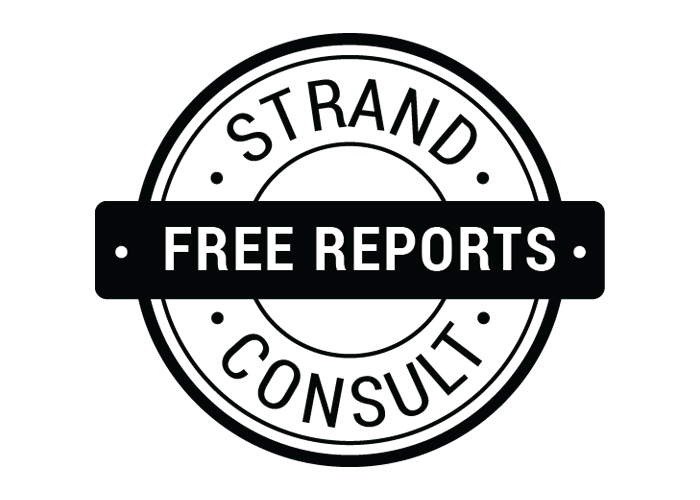Understanding the Market for 4G RAN in Europe: Share of Chinese and Non-Chinese Vendors in 102 Mobile Networks

The new report Understanding the Market for 4G RAN in Europe: Share of Chinese and Non-Chinese Vendors in 102 Mobile Networks, is one of a series of reports about cybersecurity and China.
Given the European Union’s 5G security toolbox, there is focus on the use of equipment from Chinese government affiliated firms Huawei and ZTE. Unfortunately, the Body of European Regulators for Electronic Communications and national telecom authorities, which normally gather relevant information for reporting comparisons across countries, have opted not to make an analysis of the equipment used by European mobile operators. However, Strand Consult has conducted the analysis.
With its new report Understanding the Market for 4G RAN in Europe: Share of Chinese and Non-Chinese Vendors in 102 Mobile Networks, Strand Consult brings much-needed transparency and facts to the discussion on the use of Chinese equipment in European telecom networks. This report, the first of its kind, describes the respective amounts of equipment from Huawei, ZTE, and non-Chinese vendors in European mobile networks and the share of such in equipment in the 4G Radio Access Network (RAN). Here are the highlights from the report.
1. In 3 countries, 100% of the 4G RAN equipment comes from Chinese vendors
2. In 15 of 31 countries, more than 50% of the 4G RAN equipment comes from Chinese vendors.
3. 12 of 42 operator groups use only Chinese RAN equipment
4. 48% of the 4G RAN equipment in the 31 countries comes from Chinese vendors
5. Some biggest operators in Europe purchase most of their equipment from Chinese vendors.
6. There is little transparency about the amount of Chinese equipment in European networks.
7. The report delivers detailed information about Chinese and non-Chinese network equipment on EU, country, operator group, operator, and customer level.
Strand Consult’s report highlights the importance of the EU’s 5G toolbox and can help sharpen its implementation. Most of Europe’s 102 mobile operators across 31 countries serving 673 million mobile customers are subject to the EU’s new 5G toolbox. The report also provides valuable economic context to understand the market for RAN equipment. For example:
1. This report examines the 4G RAN equipment of 102 mobile operators from 42 operator groups in 31 countries serving 673 million mobile customers in Europe.
2. The focus on 4G RAN reflects the shift of the security debate. There is consensus across most countries outside China that equipment provided by vendors owned and affiliated with the Chinese government and military is not safe for the core of the network. Thus, the discussion is whether and to what degree should such vendors be allowed to supply the RAN.
3. The 4G RANs studied were purchased in the 12-year period of 2008-2020. Most of RANs were delivered and installed during 2009-2016 when operators upgraded their 2G and 3G networks to 4G networks.
4. When performing a financial analysis of the cost of restricting Huawei, one must consider that network upgrades will happen regardless of selection of vendor. There is a sunk cost to network upgrades which must be subtracted from the total cost of using Huawei.
5. In Europe today, 70–80 percent of the existing RAN equipment must be replaced, regardless of the choice of vendor.
6. In the last 3 years in Europe, mobile operators have bought RAN equipment for $8.75 billion (about $2.9 billion) annually.
7. Forty percent of this equipment has been purchased from Huawei and ZTE. A conservative estimate suggests that replacing the Huawei and ZTE equipment purchased since 2016 (which “probably” can be upgraded to 5G) will cost $3.5 billion. This amount compares to 14 months of total European radio access network (RAN) purchases, a small number both for Europe and the world.
8. At year-end 2017, 85 percent of the population in Europe (465 million people) subscribed to mobile services. The actual cost to replace the Chinese equipment is $3.5 billion for the non-upgradeable equipment. The cost is equal to a “one-time cost” of $7 or €6.5 per mobile subscriber.
While trade disputes make for sensational news stories, it does not diminish the fact that countries increasingly view telecommunications as critical infrastructure requiring increased security, particularly in light of Covid19 lockdowns in which people must work, learn, and receive healthcare from home. As the recent coronavirus pandemic has shown, people depend increasingly on communications networks. Security of network is a great responsibility for national governments.
Get your free copy of the Understanding the Market for 4G RAN in Europe: Share of Chinese and Non-Chinese Vendors in 102 Mobile Networks.
